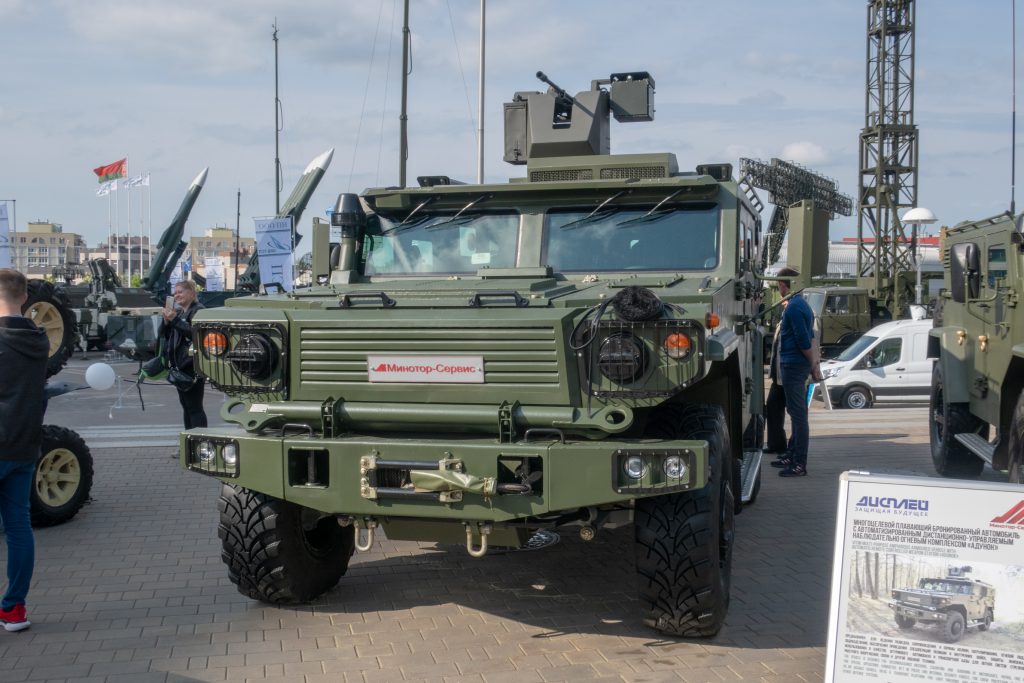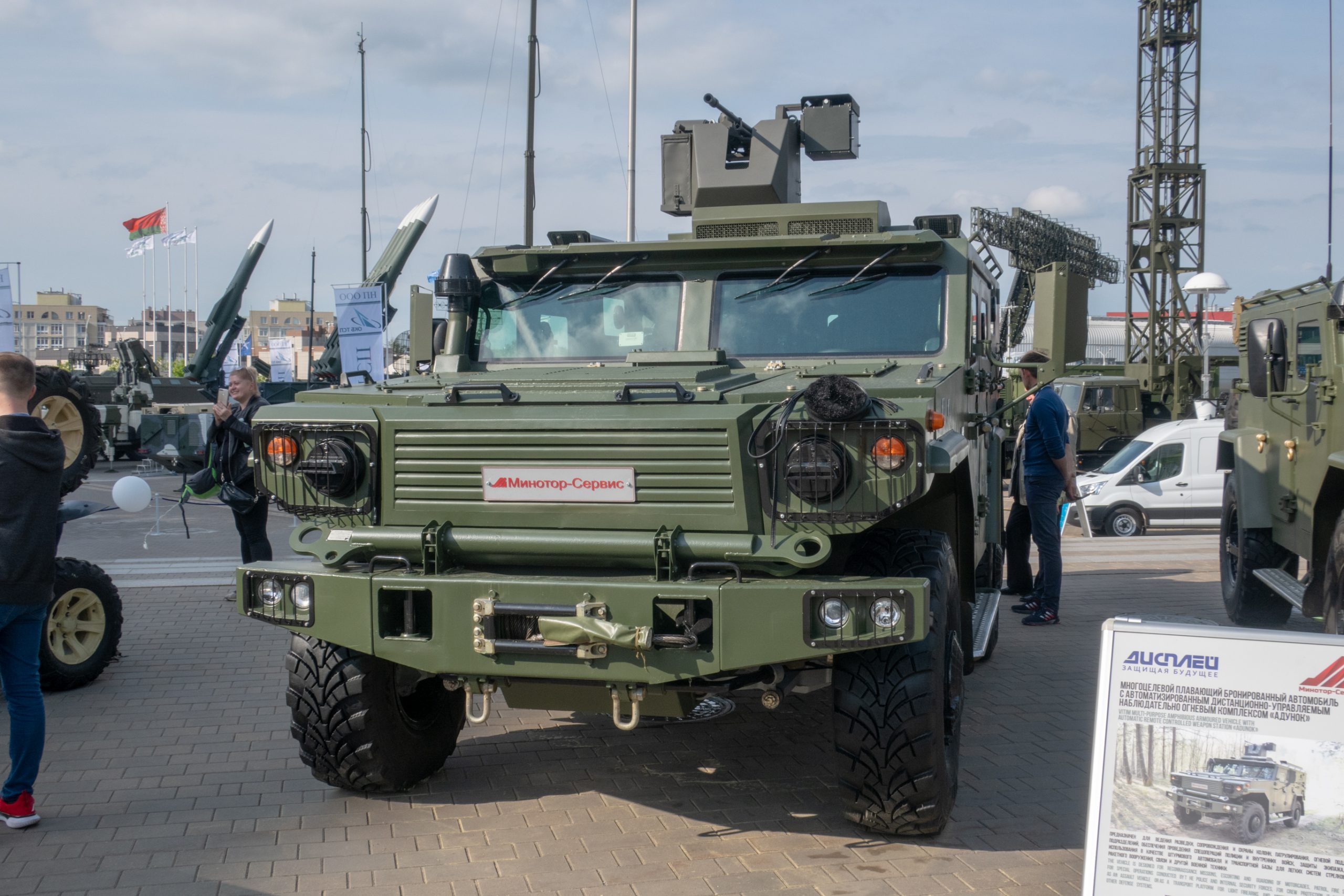
The Kalashnikov concern’s Steel Research Institute (SRI) unveiled a new mounted system for the dynamic protection of light armored vehicles. Rostec, a Russian state-owned company, has announced the news.
The equipment shields the vehicle from one-block grenades and anti-tank missiles that can penetrate up to 500 mm of steel armor.
When exposed to a projectile, the complex’s properties ensure that adjacent blocks do not detonate. Previously, the failure of one block of dynamic protection resulted in the failure of several adjacent ones, increasing the area of the armor that was unprotected. The new item improves the survivability of armored vehicles on the battlefield significantly.
In Russian armored vehicles, dynamic protection systems are frequently used. Usually in Soviet and Russian tanks. Such safeguards are not installed by Western manufacturers. Germany experimented prior to implementing a dynamic defense system. He later withdrew from these developments. Berlin regards dynamic armor as dangerous.
Dynamic armor defies physics. Consider two parallel plates of equal size. The movement of the two parallel plates is obtained by moving the tank. The movement of each plate in relation to the movement of its parallel neighbor is always opposite.
A charge exists between the two moving plates. Its purpose is to activate when an anti-tank missile strikes the plates. Thus, dynamic protection ignites the anti-knock missile’s charge long before the missile itself begins the penetration process.
The role of the opposite movement of the plates is that the missile does not hit the place from the tank with dynamic protection at an angle of 90 degrees. Almost always, the rocket lands at a different angle. This is frequently a 45-degree angle. The damage and effectiveness of a missile striking at 45 degrees are significantly lower than those of a missile striking at 90 degrees.
A charge exists between the two moving plates. Its purpose is to activate when an anti-tank missile strikes the plates. Thus, dynamic protection ignites the anti-knock missile’s charge long before the missile itself begins the penetration process.
The role of the opposite movement of the plates is that the missile does not hit the place from the tank with dynamic protection at an angle of 90 degrees. Almost always, the rocket lands at a different angle. This is frequently a 45-degree angle. The damage and effectiveness of a missile striking at 45 degrees are significantly lower than those of a missile striking at 90 degrees.
The question is whether this innovation will result in an increase in the number of Russian army light armored vehicles destroyed in Ukraine.





